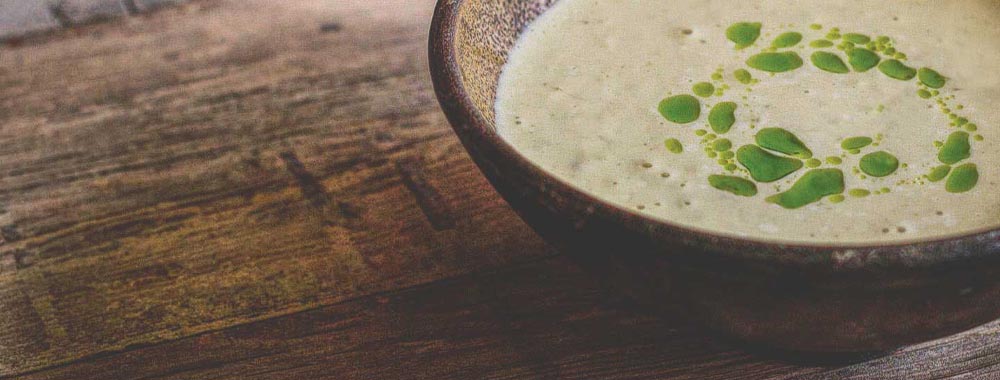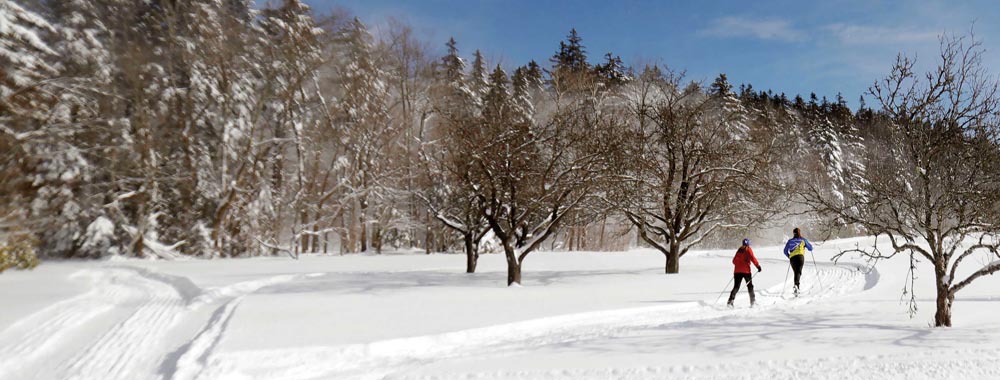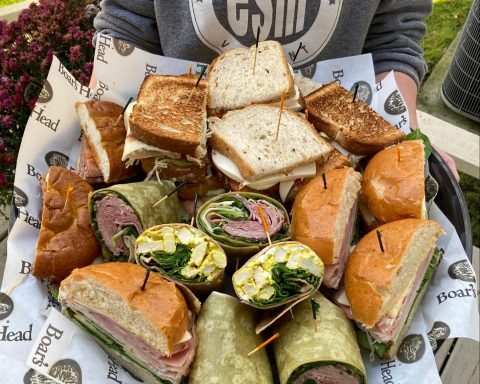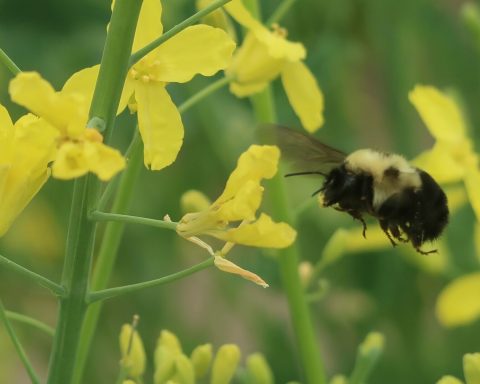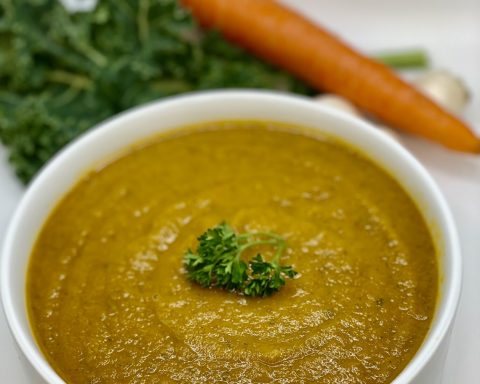3 ways to use those dry tree needles

By James Gop
The great outdoors of the Berkshires and Southern Vermont can provide us with wild foods that we can forage for our dinner plates. In the spring, we can find an abundance of ramps (wild leeks) for what seems like a fleeting moment. Summer gives way to many wild berries worth collecting, and autumn sees us scurrying through the woods for a diverse population of wild mushrooms and nuts.
When the snow begins to fall, the wild edibles that are available for forage are greatly diminished. Available year-round, though I rely on them a little more in the winter, are the conifers. A particular favorite ingredient of mine is something that will actually be in many folks’ living rooms over the winter, their Christmas tree.
The Norway spruce, a common species selected for Christmas trees, actually has many uses in my culinary repertoire. Much like some food in the produce section, the needles need a little preparation to be enjoyable for consumption. Fresh off the tree, the needles will have a pronounced lemony flavor, followed by bitter piney notes. The reason the needles have a flavor that is reminiscent of lemon is that they are very high in vitamin C and can be made into a quick tea when hot water is poured over the needles, a trick prized in the survivalist community.
A huge source of inspiration comes to me from spending time in the solitude of nature. The way the morning light breaks through the leaves on the trees, the contrast of a strong set of roots crawling over a moss-covered stone or freshly fallen snow atop the deep emerald needles of a pine tree branch; these are all emotions and visuals that influence me for future dinner recipes.
You can forage outside for a few branches of a spruce tree or wait for the retirement of your Christmas tree because, the drier the needles, the better they are to work with. If you can, sweep up the fallen needles that are inevitably released on to your floor and keep them in a zip-close bag until you are ready to use them.
A simple, yet delicious, use for the needles and branches is using them to lightly add smoke to food. One of my favorite ways to use spruce is to shuck a dozen oysters and line them up on the grate of an outdoor grill. Next, put the broken branches and needles in the bottom of the grill and ignite the spruce with a torch or match. Put the grate on top of the fire, quickly put the lid on and let the oysters smoke for about one to one and a half minutes. Transfer to a plate and top oysters with mignonette sauce or a squeeze of lemon and enjoy.

If you find yourself with a large amount of extra needles, it might be a good idea to think about preserving them in a few different ways so that you can enjoy them at a later date.
A neat trick to collect the dried needles from your Christmas tree without making a mess: Break the branches from the tree and gently put them into a pile. Working in batches, put a branch at a time into a garbage bag and shake until the needles fall off the branches. You will have to sort through some smaller twigs, but this will save you a lot of time.
Another method of preservation for your spruce needles is to turn them into a syrup. Create a simple syrup by adding equal parts sugar and water to a saucepan. Bring to a simmer, dissolve the sugar and, once fully dissolved, remove from heat and let cool.
To create a spruce simple syrup, put equal parts simple syrup and spruce needles into a blender and process on high speed until the needles are completely incorporated, about three minutes. Strain the syrup to remove the spruce needle solids, transfer syrup to a mason jar and refrigerate until needed. The syrup is wonderful when used in cocktails as a replacement for plain simple syrup, brushed onto roast meats, like pork and duck, or brushed onto a sponge cake to be absorbed.
Lastly, you can preserve your spruce needles in an oil form for many applications. Here, you will use equal parts vegetable or canola oil and spruce needles. Process the needles and oil in a blender on high speed until the needles are incorporated into the oil, about three minutes.
Strain the spruce solids from the oil, transfer to a mason jar and keep refrigerated until ready to use. You can use your choice of oil, but here, I prefer to use vegetable or canola oil because they are both neutral in flavor and allow the spruce to have center stage. The spruce oil is great in salad dressings, drizzled on a winter squash soup or really nice as a substitute for olive oil in baked goods, such as an olive oil cake or cookies.

As you finish the last of the Christmas cookies this season and are ready to put the tree to bed, snap off a few branches and try one of these recipes; you will never look at your Christmas tree the same way again.
Before using your tree in these recipes, please make sure it came from a pesticide-free source.
When harvesting foods from the wild, always be absolutely certain of the identity. Wild mushrooms can be poisonous and deadly if not appropriately identified. If unsure, consult an expert.
James Gop is the chef, founder and creative mind behind Heirloom Fire. Born and raised in the Berkshire Hills of Massachusetts, it was inevitable that the farms and forest would inspire him.
